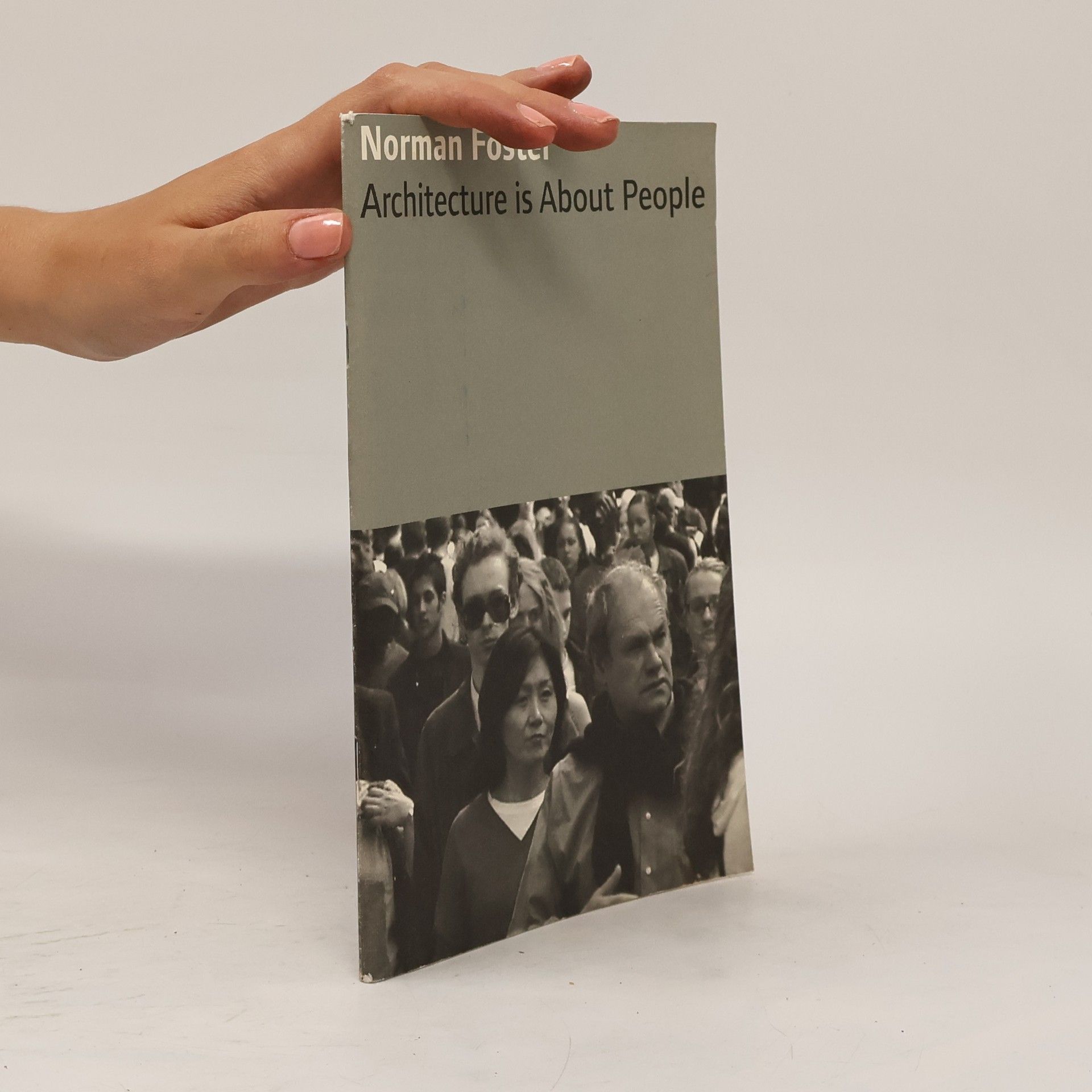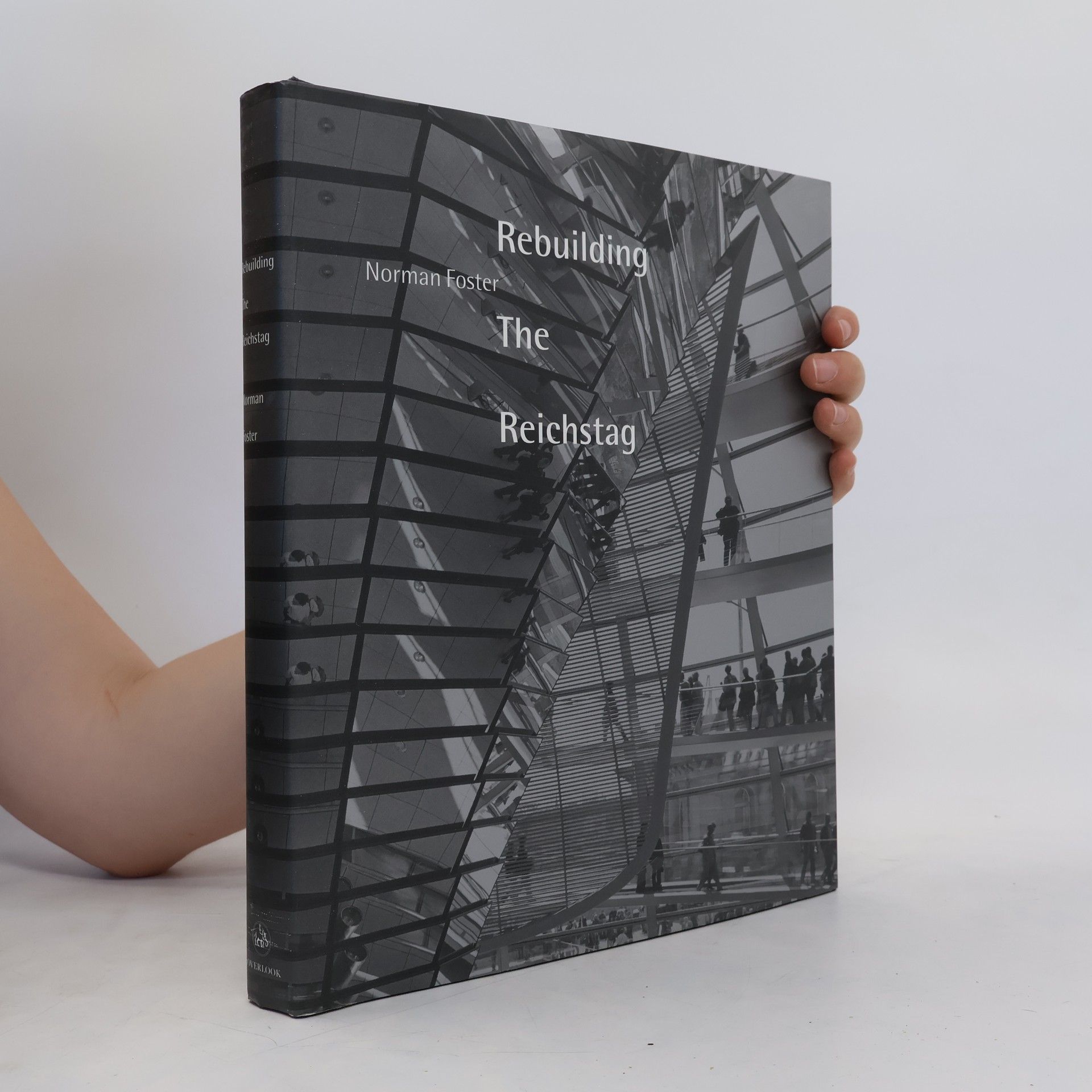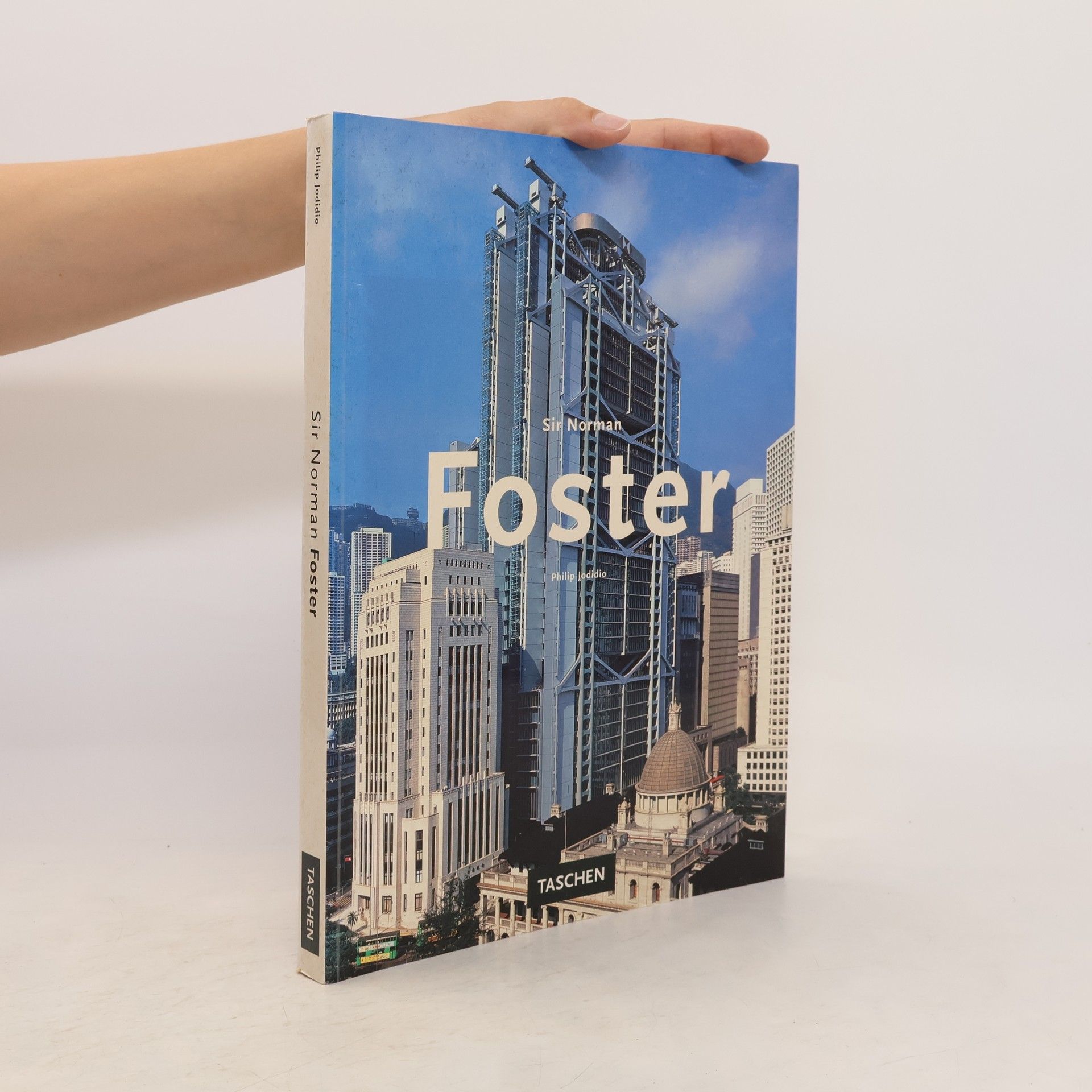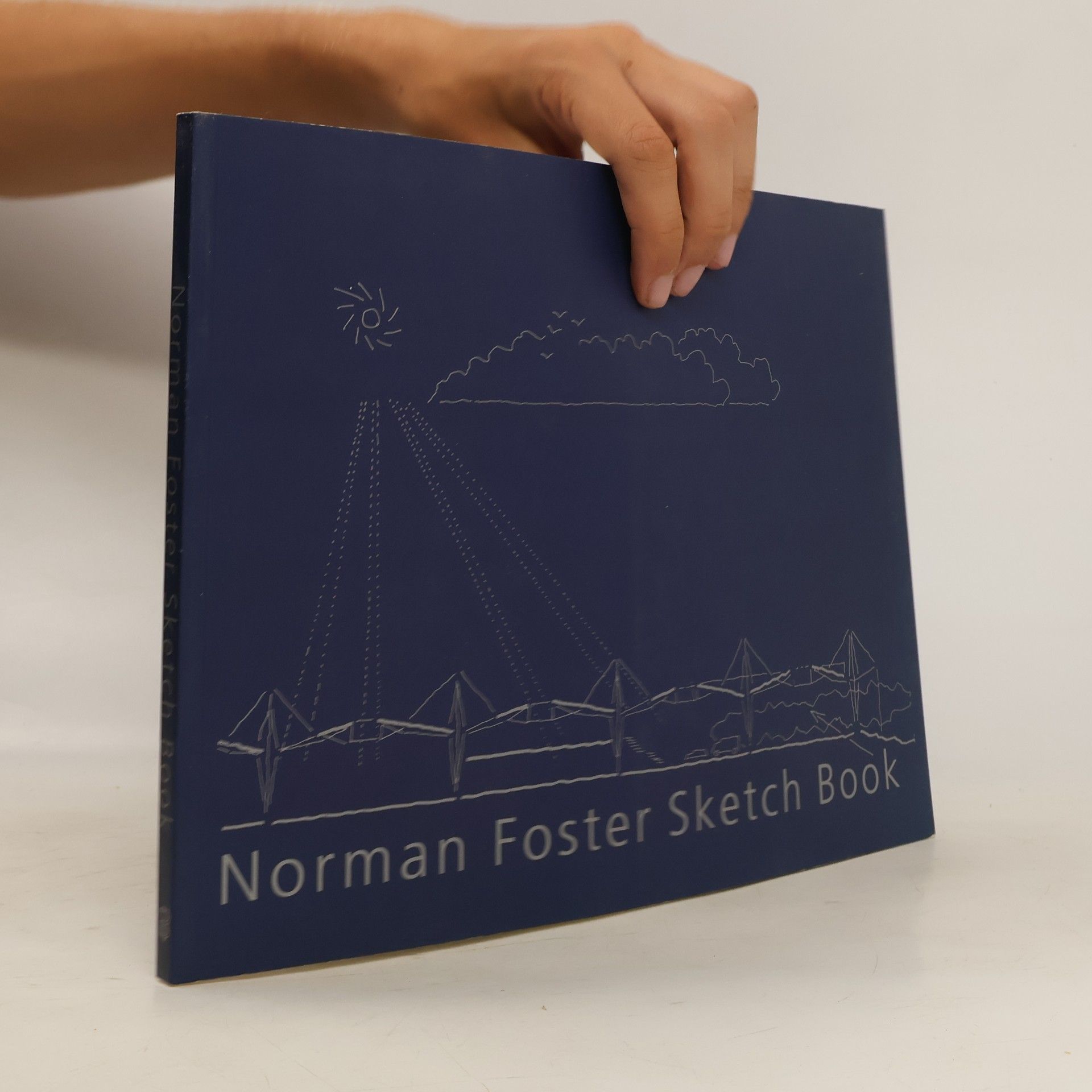Norman Foster Livres






By one of the world's most famous and distinguished architects, his remarkable account of the re-design of Berlin's Reichstag--the home of Germany's parliament and symbol of a new and re-united Germany. In 1992, Germany decided to move its parliament from Bonn back to Berlin and to house it in the historic Reichstag. Sir Norman won the subsequent competition to use the shell of the building and completely re-think it as a symbol of a new age in the nation's history. Opened exactly on time this May to coincide with Berlin's new status as capital and once again as a great city, his design incorporates a glass dome, built above the assembly chamber, from which visitors can view the vibrant city below. Nearly demolished by the Nazis after its bombing in 1933, and heavily bombed during World War II, a patched-up Reichstag was used as a museum between 1958-72. Few buildings are so expressive of Germany's history. This major work, written by Foster with essays by others eminent in the field, reveals how this re-design reflects Germany's turbulent past as well as the hopes that accompany the destruction of the Wall between East and West and the re-unification of the nation. Archival material, many new photographs, and Foster's own sketches and drawings all serve to round out this timely work on the transformation of an iconic structure.
Mit der Gründung seines Architekturbüros vor 40 Jahren begann die Erfolgsgeschichte des britischen Architekten Norman Foster. Mit unvergleichlichen Bauwerken hat er seitdem weltweit eine architektonische Handschrift hinterlassen, die ihn zu einem der bedeutendsten Architekten der Gegenwart macht. 40 seiner wichtigsten Projekte und 40 Themen werden in diesem ausgefallen gestalteten „Doppel-Buch“ versammelt, das die Architektur Fosters vortrefflich widerspiegelt.
Der Band verfolgt die Entwicklung von Fosters Architekturbüro - mit Schwerpunkt auf den jüngsten Projekten - seit seiner Gründung in den 1960er Jahren bis in die Gegenwart. Mehr als 70 Gebäude und Projekte werden anhand von atemberaubenden Farbfotos, architektonischen Skizzen und informativen Texten dokumentiert. Das Buch untersucht die unverwechselbaren Charakteristika von Fosters Architektur und zeigt die Bandbreite seiner Arbeit als Stadtplaner, Architekt und Industrie-Designer. Thematisch gegliedert, sind auch die jüngsten Großprojekte wie der Pekinger Flughafen, das Smithsonian Institute in Washington, der Hearst Tower in New York, der preisgekrönte Swiss Re Tower in London sowie zahlreiche geplante und noch nicht realisierte Projekte enthalten
This magnificent publication marks an exhibition curated by Norman Foster, which took place at Londons Design Museum in 2017. Richly illustrated, the book explores the life and times of pioneering watchmaker Louis Cartier and his circle of friends in the context of early 20th-century Paris, highlighting the many connections to the periods art, automobiles, aircraft, engineering, and fashion. Rather than envision a typical exhibition that would start and end with Cartiers famed products, Foster presents a celebration of an era, with various artefacts and memorabilia reflecting a break with tradition, and illustrating how Cartiers verve played a part the emergence of a truly modern lifestyle.
Foster
- 259pages
- 10 heures de lecture
Now back in stock by popular demand, an invaluable guide to the work of one of the world’s leading architects. Long before terms such as "green" and "sustainability" became fashionable, Norman Foster was designing buildings that were environmentally sensitive and highly adaptable. Today, this Pritzker Prize-winning architect is famous for such monumental structures as Hong Kong’s new international airport, the rebuilding of the Reichstag in Berlin, and the Great Court at the British Museum in London. This survey of more than forty years of work demonstrates how, over a period of tremendous social and technological transformation, Foster and Partners continue to adhere to the themes and concerns that have always shaped their work. Richly illustrated with photographs and drawings, and featuring text by Norman Foster, this catalogue explores all aspects of the practice’s achievements as urban planners, architects, and industrial designers. In addition to airports, railway stations, bridges, museums, universities, offices and private houses, the book includes designs of telecommunications and energy infrastructures, street furniture and smaller household items. Together these works form a complex of intelligent, thoughtful, and visionary work by an ever-changing, yet consistently brilliant design team.
Norman Foster, einer der einflussreichsten Architekten unserer Zeit, hat mit seiner weltumspannenden Karriere über sechs Jahrzehnte hinweg außergewöhnliche Werke geschaffen. Für ihn sind kreative Innovation und ein ganzheitlicher Ansatz untrennbar miteinander verbunden, wenn es darum geht, architektonische Wahrzeichen zu gestalten. Zu seinen bemerkenswerten Projekten zählen der Apple Park in Cupertino, der Berliner Reichstag, der Innenhof des British Museum in London und der Millau-Viadukt in Frankreich. Diese Werke, entworfen von Foster + Partners, verkörpern nicht nur moderne Erfindungsgabe, sondern auch Fosters nachhaltiges Konzept für die gebaute Umwelt. In einer umfassenden Gesamtschau gewährt Foster seltene Einblicke in seinen kreativen Prozess und verbindet seine Leidenschaften, wie das Fliegen, mit seiner Arbeit. Die zweibändige Monografie präsentiert im ersten Band über 2000 Fotos und Skizzen aus Fosters persönlichen Archiven, während der zweite Band fast 1000 weitere Illustrationen sowie acht Essays des Architekten enthält, die seine Inspirationsquellen beleuchten. Diese visuelle Reise zeigt nicht nur Fosters außergewöhnliche Leistungen, sondern auch sein Genie, das mit zahlreichen Auszeichnungen gewürdigt wurde. Eine limitierte Art Edition ist ebenfalls erhältlich, die einen signierten Kunstdruck und einen maßgefertigten Schuber umfasst.
Norman Foster Sketch Book
- 116pages
- 5 heures de lecture


